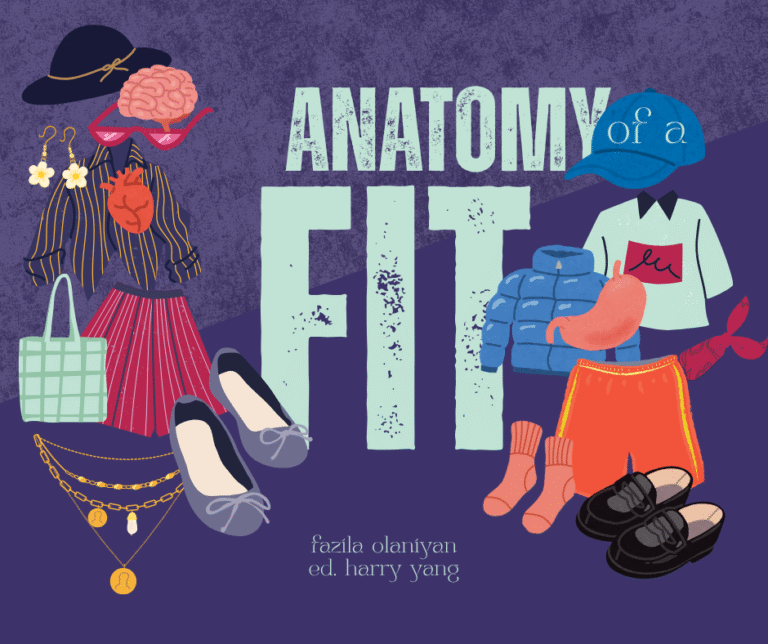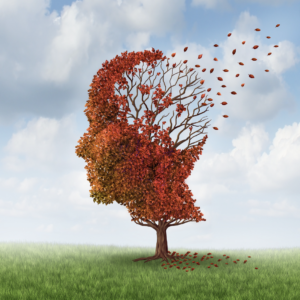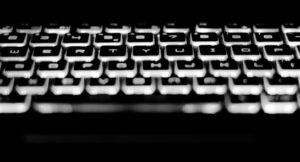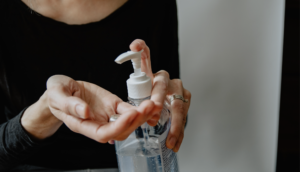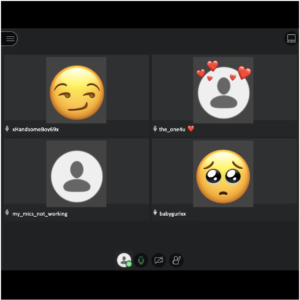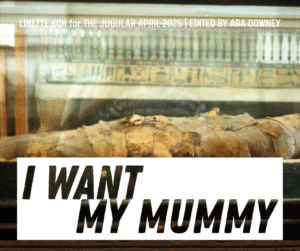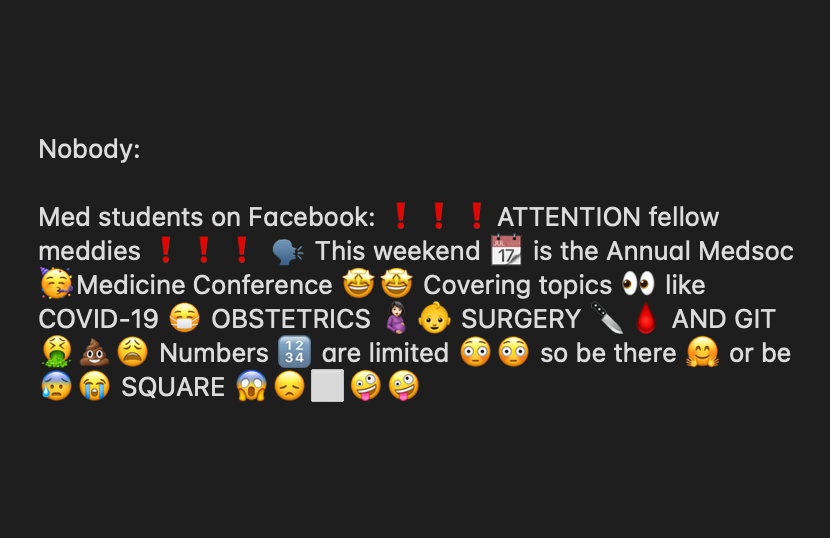
By Geraldine Yang; Edited by Allyson Tai
The NSW Health Department has issued a Public Service Announcement alert regarding the rapid spread of the neurodegenerative disease, Emoji Overuse Syndrome. There are currently 725 confirmed cases nation-wide.
Initially discovered amongst UNSW Medicine students on Facebook, the disease has since spread to other faculties and universities in Australia, infecting hundreds. Prevalence increases around the time of MedSoc events, with subcommittee members doubling or even tripling their regular emoji usage to boost their promotions.
While most instances of the disease are acute and generally resolve themselves within a few days, around 10% of cases are chronic in nature. Attacks can last for days and even weeks. The disease is highly infectious (R0 = 8.2) and has been known to spread through virtual transmission.
Signs and symptoms include: decrease in vocabulary, excessive use of emojis in texts, a sharp decrease in cognitive ability, and insomnia.
Some students report having withdrawal symptoms, with the most notable being significant mental distress.
“I…I just can’t do it! 😱” reports one visibly agitated student, “How am I going to get my point across ➡️ without using ✨copious✨ amounts of emojis? It’s impossible 🤐😭😭”
Diagnoses can be made using the EMOJI assessment tool (Emoticons Malignantly Overused Judiciously and Infectiously). The tool analyses an individual’s Facebook posts and texts to measure emoji density. Scores are expressed in an emoji:complete word ratio, with a lower score indicating a more severe form of the disease.
We interviewed some current patients to gain insight on the impact of the disease.
“It started off normally 😐. I just wanted to spice 🌶 up my promo posts 🥵, just a bit 🤏🥺. Everyone 👨👩👧👧 else was doing it! 😥 You know, just a little smiley face 🙂 here and there 😊. Maybe even the sunglasses one 😎🆒. “, one student confesses, “Then 😔 I started using them more 😞 and more 😣… and more 🤡. Next thing you know 😖, I’m putting them in-between 📲 every single word 🔤. I can’t even finish ✍️ a sentence ⌨️ without using an emoji 😰. In my last EOC 📄 I got marked down ❌☹️😩 for putting them in my short answer 📝 questions.”
We were unable to evoke a literary response from the next student due to the severe progression of their disease. A rough translation has been provided below.
“🤳😜👯🤩🤩📈📈🥳📈🤣😆📈🔇🔤😳😱😱” – Gene Meh, a third-year medical student at UNSW
Translation: Initially, I fervently denied that my growing emoji overuse was becoming an issue. I was addicted to the serotonin boost I received from getting 8 likes on my Facebook posts. But my tolerance increased over time; I was using more and more emojis to get that same feeling of happiness from before. Before I knew it, it was too late.
There is currently no known cure for Emoji overuse syndrome, however, abstinence from social media platforms has been shown to alleviate symptoms in some sufferers.
As always, prevention👏 is👏 key👏
💯😤🗣📠






